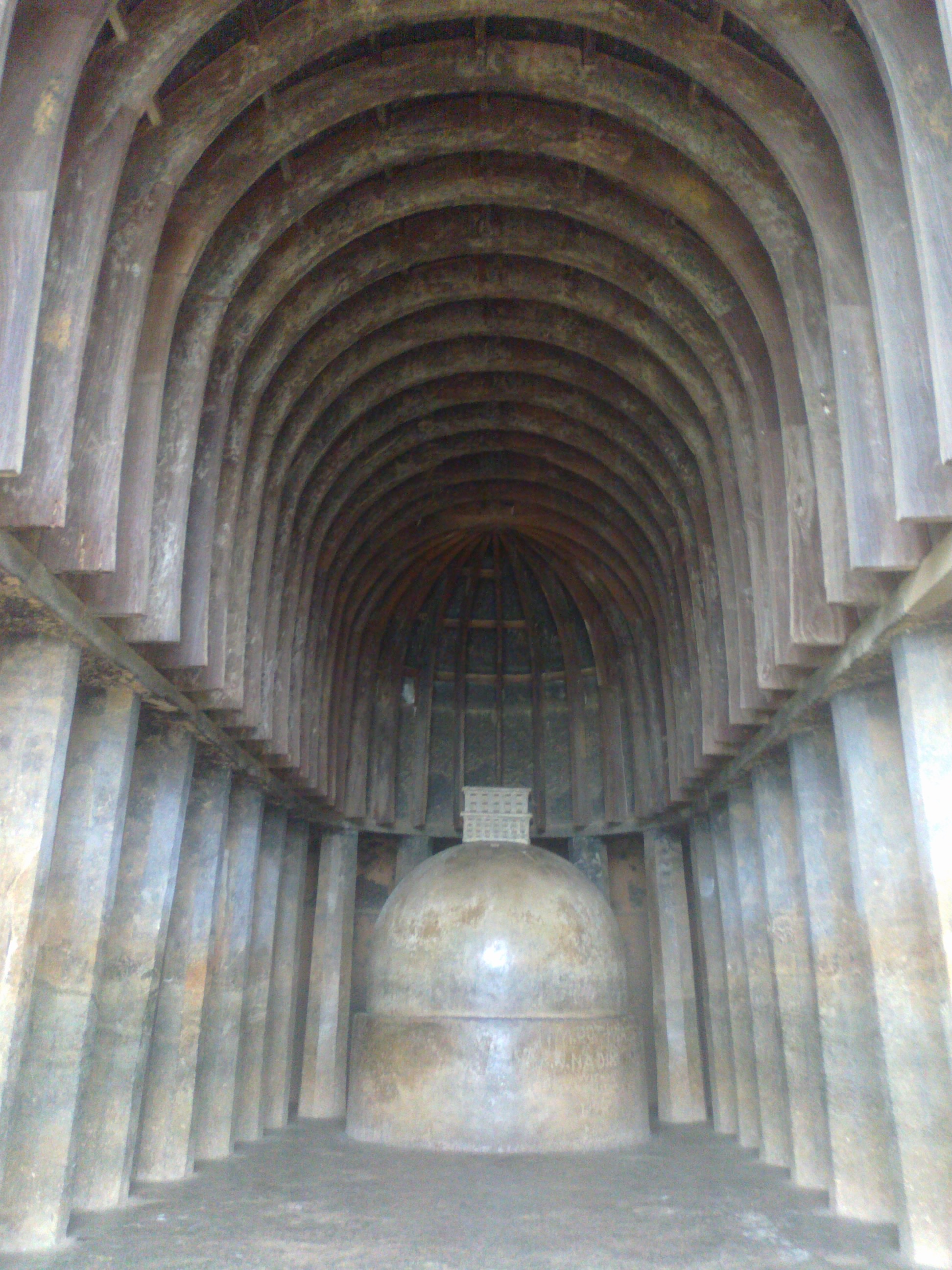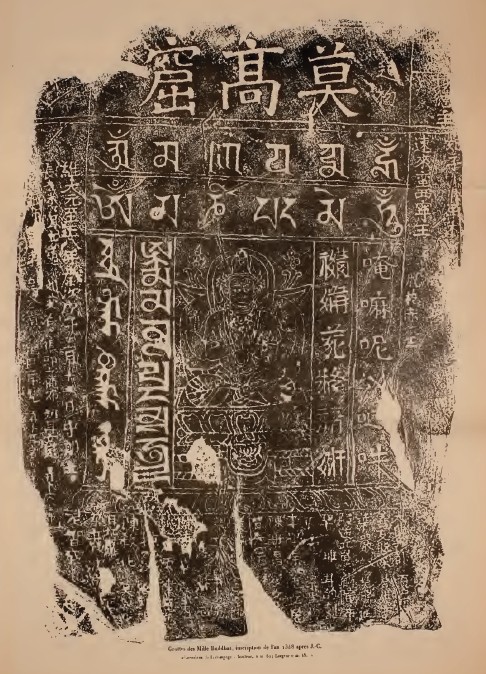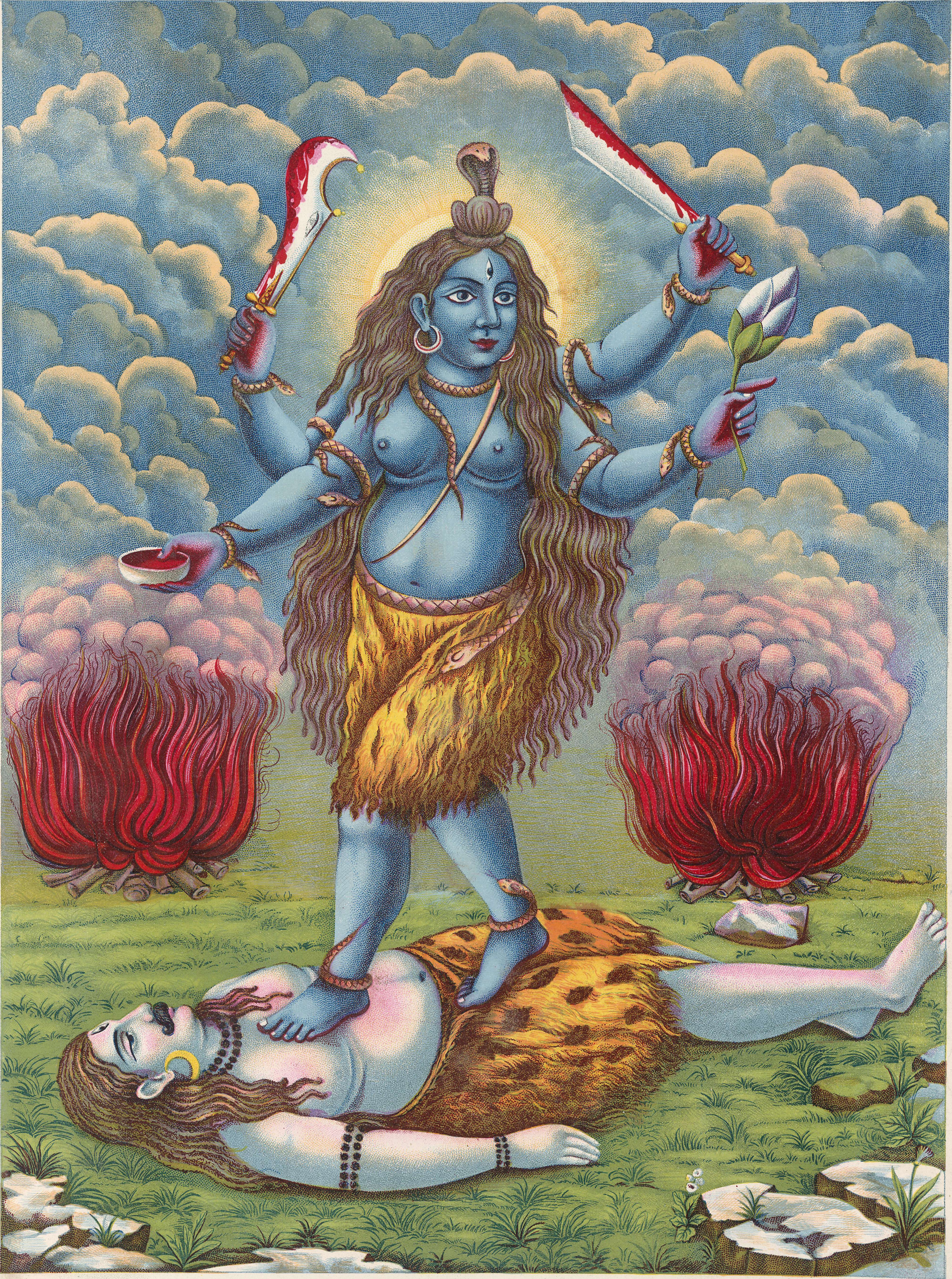|
Kardang Monastery
Kardang Monastery or Gompa is a famous Drukpa Lineage monastery, and is the most important monastery the Lahaul valley, India. The associated village of Kardang was once the capital of Lahaul. The monastery is a huge white building bedecked with prayer flags. It is situated on a ridge below the 15,000 foot (4,572 metres) Rangcha peak, at an altitude of 3,500m on the left bank of the Bhaga River, facing the town of Keylong,http://www.buddhist-tourism.com/countries/india/monasteries/himachalpradesh/kardang-monastery.html about 8 km away. Kardang is well connected by the road via the Tandi bridge which is about 14 km from Keylong. The monastery was featured on the 7 November 2010 episode of the History (U.S. TV channel), History Channel TV series IRT Deadliest Roads, where trucker Rick Yemm delivered a large golden Buddha statue to the monastery and was greeted by the monastery's head, Lama Paljor Larje. History The monastery is believed to have been built in the 12th c ... [...More Info...] [...Related Items...] OR: [Wikipedia] [Google] [Baidu] |
Kardang
Kardang is a village in the Lahaul region of Himachal Pradesh, India. It is 5 km away from Keylong. It was once the capital of Lahaul and has the biggest monastery of the area, situated on the left bank of the river Bhaga. The was founded about 900 years ago and was renovated by Lama Norbu in 1912. Gozzangwa Monastery is also nearby. See also *Lahaul and Spiti district
[...More Info...] [...Related Items...] OR: [Wikipedia] [Google] [Baidu] |
Chaitya
A chaitya, chaitya hall, chaitya-griha, (Sanskrit:''Caitya''; Pāli: ''Cetiya'') refers to a shrine, sanctuary, temple or prayer hall in Indian religions. The term is most common in Buddhism, where it refers to a space with a stupa and a rounded apse at the end opposite the entrance, and a high roof with a rounded profile. Strictly speaking, the chaitya is the stupa itself, and the Indian buildings are chaitya halls, but this distinction is often not observed. Outside India, the term is used by Buddhists for local styles of small stupa-like monuments in Nepal, Cambodia, Indonesia and elsewhere. In Thailand a stupa, not a stupa hall, is called a chedi. In the historical texts of Jainism and Hinduism, including those relating to architecture, ''chaitya'' refers to a temple, sanctuary or any sacred monument. Most early examples of chaitya that survive are Indian rock-cut architecture. Scholars agree that the standard form follows a tradition of free-standing halls made of wood and o ... [...More Info...] [...Related Items...] OR: [Wikipedia] [Google] [Baidu] |
Buddhism In Lahaul And Spiti District
Buddhism ( , ), also known as Buddha Dharma and Dharmavinaya (), is an Indian religion or philosophical tradition based on teachings attributed to the Buddha. It originated in northern India as a -movement in the 5th century BCE, and gradually spread throughout much of Asia via the Silk Road. It is the world's fourth-largest religion, with over 520 million followers (Buddhists) who comprise seven percent of the global population. The Buddha taught the Middle Way, a path of spiritual development that avoids both extreme asceticism and hedonism. It aims at liberation from clinging and craving to things which are impermanent (), incapable of satisfying ('), and without a lasting essence (), ending the cycle of death and rebirth (). A summary of this path is expressed in the Noble Eightfold Path, a training of the mind with observance of Buddhist ethics and meditation. Other widely observed practices include: monasticism; " taking refuge" in the Buddha, the , and the ; and ... [...More Info...] [...Related Items...] OR: [Wikipedia] [Google] [Baidu] |
Drukpa Kagyu Monasteries And Temples
Druk ( dz, འབྲུག་) is the legendary Thunder Dragon of Bhutan. Druk may also refer to: Bhutan * Druk, of or pertaining to Bhutan :*of or pertaining to the Ngalop people, the majority ethnicity in Bhutan * Druk Gyalpo "Thunder Dragon King", the formal title of the King of Bhutan * Drukyul, the Dzongkha name for Bhutan, translates to ''Land of the Thunder Dragon'' * Druk tsendhen, the national anthem of Bhutan * Druk Air, the national airline of Bhutan * Druk Phuensum Tshogpa, the Bhutan Peace and Prosperity Party * Drukpa Kagyu, an independent branch of the Kagyu school of Tibetan Buddhism and the state religion of Bhutan ** Gyalwang Drukpa, the honorific title of the head of the Drukpa Lineage Other uses * Druk, a kind of small round Bohemian glass bead {{disambig ... [...More Info...] [...Related Items...] OR: [Wikipedia] [Google] [Baidu] |
Buddhist Monasteries In Himachal Pradesh
Buddhism ( , ), also known as Buddha Dharma and Dharmavinaya (), is an Indian religion or philosophical tradition based on teachings attributed to the Buddha. It originated in northern India as a -movement in the 5th century BCE, and gradually spread throughout much of Asia via the Silk Road. It is the world's fourth-largest religion, with over 520 million followers (Buddhists) who comprise seven percent of the global population. The Buddha taught the Middle Way, a path of spiritual development that avoids both extreme asceticism and hedonism. It aims at liberation from clinging and craving to things which are impermanent (), incapable of satisfying ('), and without a lasting essence (), ending the cycle of death and rebirth (). A summary of this path is expressed in the Noble Eightfold Path, a training of the mind with observance of Buddhist ethics and meditation. Other widely observed practices include: monasticism; "taking refuge" in the Buddha, the , and the ; and ... [...More Info...] [...Related Items...] OR: [Wikipedia] [Google] [Baidu] |
Heruka
:''Heruka is also a name for the deity of the Cakrasaṃvara Tantra.'' ''Heruka'' (Sanskrit; Tibetan: ), is the name of a category of wrathful deities, enlightened beings in Vajrayana Buddhism that adopt a fierce countenance to benefit sentient beings. In East Asia, these are called Wisdom Kings. ''Herukas'' represent the embodiment of indivisible bliss and emptiness. They appear as '' Iṣṭha-devatā'' (Tibetan: ) or meditational deities for tantric sādhanā, usually placed in a ''mandala'' and often appearing in '' Yab-Yum''. Derivation and meaning of the term Heruka represents wrathful imagery with indivisible emptiness (śūnyatā), bliss, peace, wisdom, compassion (bodhicitta), and love. Herukas represent unified consciousness, with emptiness being a reflection of "non-phenomena" or emptiness which is "all love," or removal of imagery to reach universal love, mercy, and compassion-mind. Interpretation of Heruka is similar to the female ḍākiṇī or buddha Vajrayogin ... [...More Info...] [...Related Items...] OR: [Wikipedia] [Google] [Baidu] |
Moravian Church
The Moravian Church ( cs, Moravská církev), or the Moravian Brethren, formally the (Latin: "Unity of the Brethren"), is one of the oldest Protestantism, Protestant Christian denomination, denominations in Christianity, dating back to the Bohemian Reformation of the 15th century and the History of the Moravian Church, Unity of the Brethren ( cs, Jednota bratrská, links=no) founded in the Kingdom of Bohemia, sixty years before Reformation, Luther's Reformation. The church's heritage can be traced to 1457 in Bohemian Crown territory, including its Lands of the Bohemian Crown, crown lands of Moravia and Silesia, which saw the emergence of the Hussite movement against several practices and doctrines of the Catholic Church. However, its name is derived from exiles who fled from Bohemia to Saxony in 1722 to escape the Counter-Reformation, establishing the Christian community of Herrnhut; hence it is also known in German language, German as the ("Unity of Brethren [of Herrnhut]"). T ... [...More Info...] [...Related Items...] OR: [Wikipedia] [Google] [Baidu] |
Lama
Lama (; "chief") is a title for a teacher of the Dharma in Tibetan Buddhism. The name is similar to the Sanskrit term ''guru'', meaning "heavy one", endowed with qualities the student will eventually embody. The Tibetan word "lama" means "highest principle", and less literally "highest mother" or "highest parent" to show close relationship between teacher and student."lama" from Historically, the term was used for venerated spiritual masters or heads of . Today the title can be used as an [...More Info...] [...Related Items...] OR: [Wikipedia] [Google] [Baidu] |
Om Mani Padme Hum
' ( sa, ॐ मणि पद्मे हूँ, ) is the six-syllabled Sanskrit mantra particularly associated with the four-armed Shadakshari form of Avalokiteshvara, the bodhisattva of compassion. It first appeared in the Mahayana ''Kāraṇḍavyūhasūtra'' where it is also referred to as the ''sadaksara'' (six syllabled) and the ''paramahrdaya'', or “innermost heart” of Avalokiteshvara. In this text the mantra is seen as the condensed form of all Buddhist teachings. The precise meaning and significance of the words remains much discussed by Buddhist scholars. The literal meaning in English has been expressed as "praise to the jewel in the lotus", or as a declarative aspiration possibly meaning "I in the jewel-lotus". ''Padma'' is the Sanskrit for the Indian lotus (''Nelumbo nucifera''), and ''mani'' for "jewel", as in a type of spiritual "jewel" widely referred to in Buddhism. The first word, '' aum/om'', is a sacred syllable in various Indian religions, and ''hum'' ... [...More Info...] [...Related Items...] OR: [Wikipedia] [Google] [Baidu] |
Tantra
Tantra (; sa, तन्त्र, lit=loom, weave, warp) are the esoteric traditions of Hinduism and Buddhism that developed on the Indian subcontinent from the middle of the 1st millennium CE onwards. The term ''tantra'', in the Indian traditions, also means any systematic broadly applicable "text, theory, system, method, instrument, technique or practice". A key feature of these traditions is the use of mantras, and thus they are commonly referred to as Mantramārga ("Path of Mantra") in Hinduism or Mantrayāna ("Mantra Vehicle") and Guhyamantra ("Secret Mantra") in Buddhism. Starting in the early centuries of the common era, newly revealed Tantras centering on Vishnu, Shiva or Shakti emerged. There are tantric lineages in all main forms of modern Hinduism, such as the Shaiva Siddhanta tradition, the Shakta sect of Sri-Vidya, the Kaula, and Kashmir Shaivism. In Buddhism, the Vajrayana traditions are known for tantric ideas and practices, which are based on India ... [...More Info...] [...Related Items...] OR: [Wikipedia] [Google] [Baidu] |
Tara (Devi)
In Hinduism, the goddess Tara ( sa, तारा, ) is the second of the Dasa (ten) Mahavidyas or "''Great Wisdom goddesses''", and is a form of Adishakti, the tantric manifestation of Parvati. Her most famous centre of worship is the temple and the cremation ground of Tarapith in West Bengal, India. Her three most famous forms are Ekajaṭā, Ugratara, and Nīlasarasvatī (Neelasaraswati or Neela Saraswati or Neelsaraswati). Legends and theology The commonly known origin of Tara is from the 17th chapter of the Rudrayāmala which describes the initial unsuccessful attempts of the brahminical sage Vasiṣṭha in the worship of the deity (his initial locations are usually placed by the ocean or in Kāmākhyā according to the Brahmayāmala) and the subsequent meeting of Vishnu in the form of Buddha in the region of Mahācīna and his eventual success by the means of kaula rites which employ the five makāras of Shaakta kaula tantra. She is also described as the form of the A ... [...More Info...] [...Related Items...] OR: [Wikipedia] [Google] [Baidu] |





